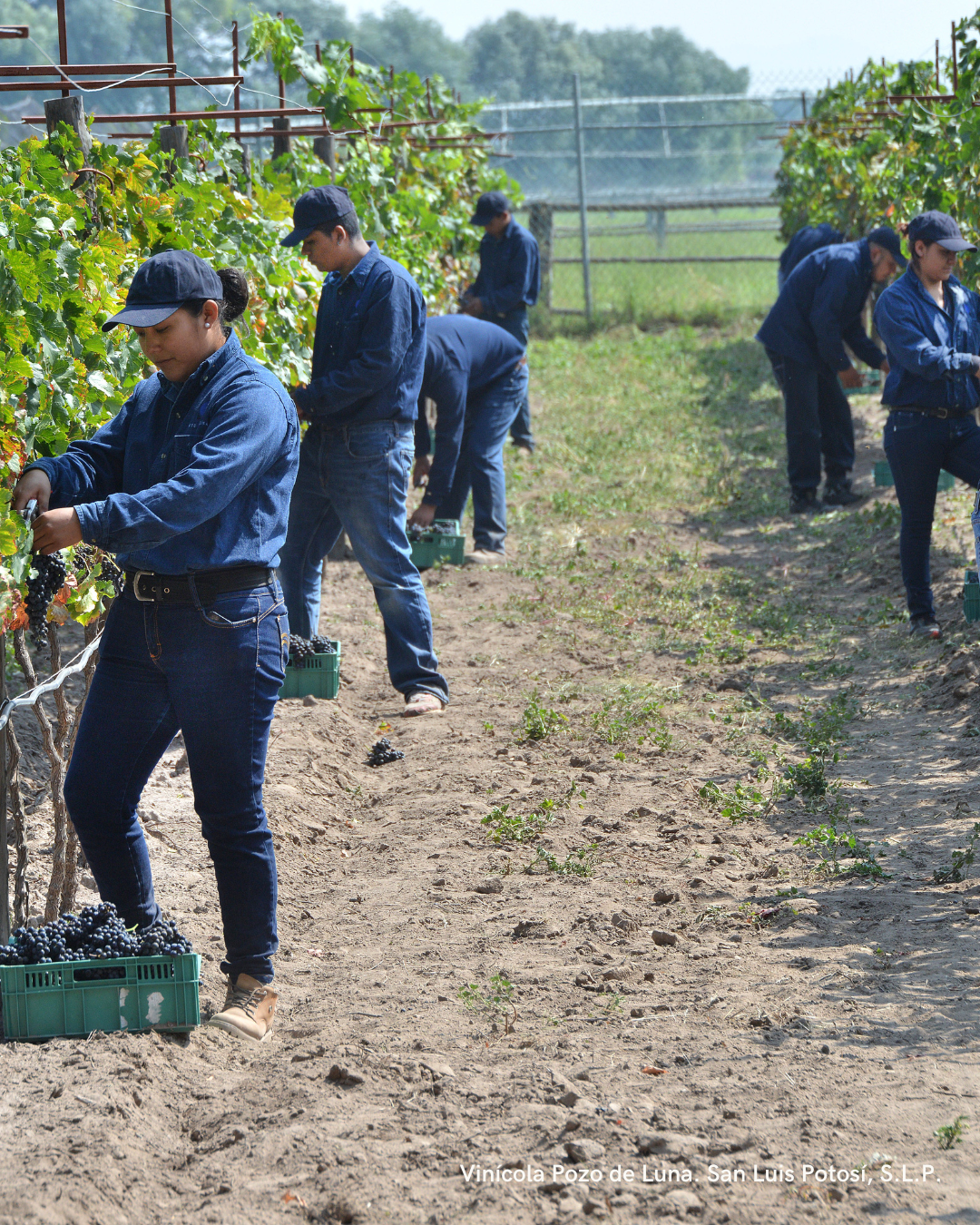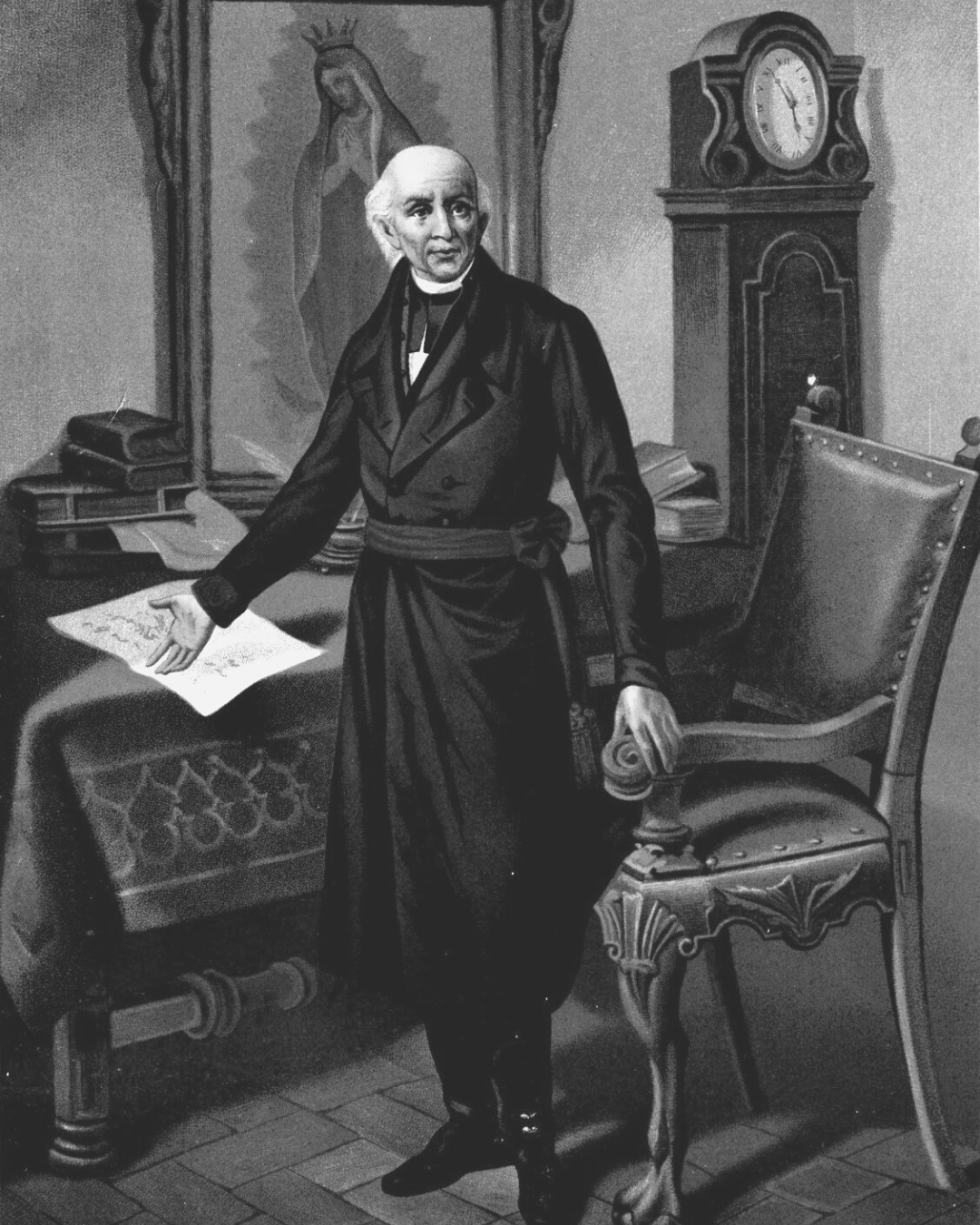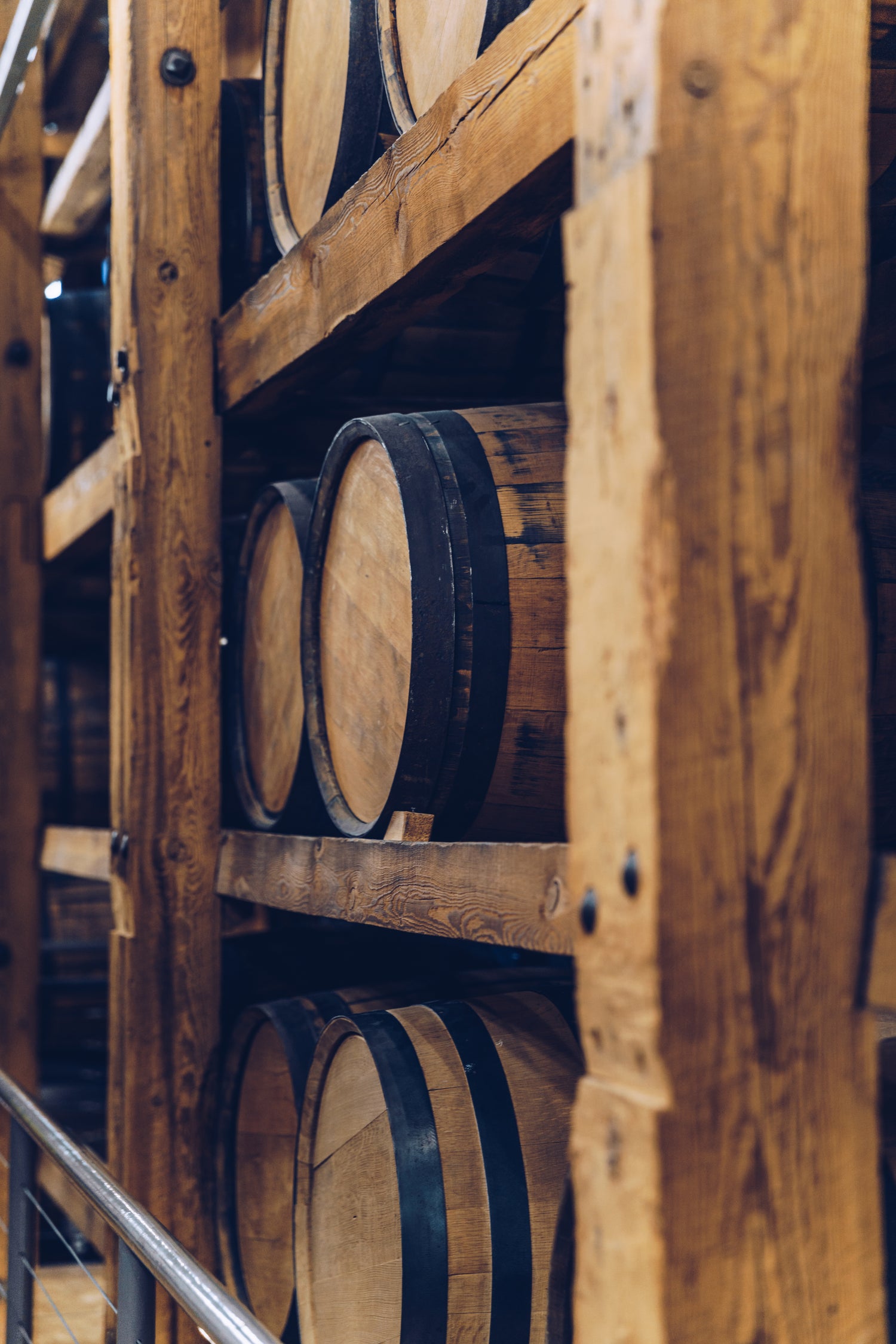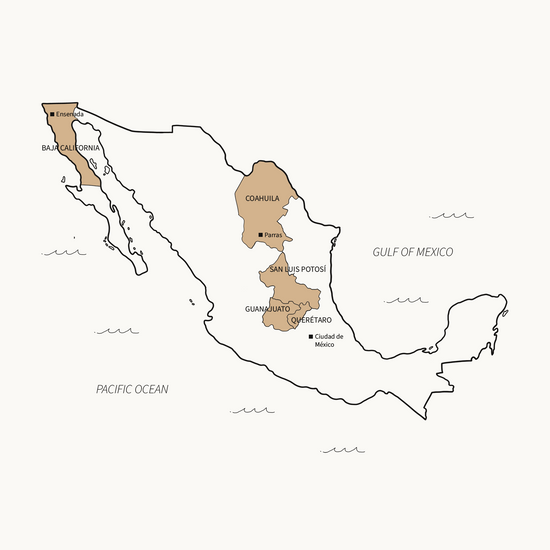
THE HISTORY OF MEXICAN WINE
is full of traditions that have brought unique wines to people's tables since the time when Mexico was known as New Spain.
Background
The vines brought to Mexico by the Spanish conquistadors and missionaries began to mature in 1593 and the first commercial winery "Marqués de Aguayo" was founded by Captain Francisco de Urdiñola. This winery was located in Parras, Coahuila.
However, the Spanish producers felt threatened by the wine production in the country of Mexico, which led to the prohibition of the plantations. The Spanish King Philip II allowed the missionaries to maintain their plantations for religious purposes only, but ordered the destruction of all existing vineyards.
However, the Spanish producers felt threatened by the wine production in the country of Mexico, which led to the prohibition of the plantations. The Spanish King Philip II allowed the missionaries to maintain their plantations for religious purposes only, but ordered the destruction of all existing vineyards.




The missionaries were thus responsible for the development of viticulture in Mexico. In 1717, the planting of the first vineyard in Baja California gave a boost to the sector. This desert region was transformed into a vibrant wine-growing area.
Wine production developed during this century and even the priest Don Miguel Hidalgo y Costilla, leader in the Mexican War of Independence, promoted the cultivation of vineyards around his parish in Dolores, Guanajuato.
After independence from Spain in 1810, the Mexican wine sector received increasing government support. There were subsidies, tax breaks and plantations were established in the centre and north of the country.
Wine production developed during this century and even the priest Don Miguel Hidalgo y Costilla, leader in the Mexican War of Independence, promoted the cultivation of vineyards around his parish in Dolores, Guanajuato.
After independence from Spain in 1810, the Mexican wine sector received increasing government support. There were subsidies, tax breaks and plantations were established in the centre and north of the country.
The growth of the Mexican wine sector
After the battles were won, the sector unfortunately faced another challenge. The few cultivated areas that remained were largely destroyed by a phylloxera plague.
Efforts to develop the industry continued, however, and between 1870 and 1900 several independent wineries were established, forming the basis for the capable wine country that Mexico is today.
During the Mexican Revolution in 1910, vineyards were left behind until in 1939 the country's total vineyard area was 15,000 hectares.
Efforts to develop the industry continued, however, and between 1870 and 1900 several independent wineries were established, forming the basis for the capable wine country that Mexico is today.
During the Mexican Revolution in 1910, vineyards were left behind until in 1939 the country's total vineyard area was 15,000 hectares.

Since then, the Mexican wine sector has grown steadily. After the Second World War, viticulture began to gain importance as wines were not imported from other countries. In 1949, the Mexican Viticultural Council (CMV) was founded to promote and support the wine sector in Mexico.
In 1973, the National Viticulture Programme was launched, new vineyards were planted, wineries renewed their machinery and renowned oenologists were hired. Finally, in 1986, around 613,000 tonnes of wine were harvested on Mexican territory, and this year is still the year with the largest harvest.
Today's production
The economic crisis of 1994 severely slowed down the development of the wine industry, so that by 1996 there were only seven producers left in the country, as wineries had to stop production and tried to survive by growing other foods.
The Mexican wine sector has gone through many struggles over time, but the winemakers, oenologists, institutions and everyone involved have never stopped believing in Mexican wine.
Today, Mexican wine is grown in 14 states, producing great quality wines that win countless international awards.
The Mexican wine sector has gone through many struggles over time, but the winemakers, oenologists, institutions and everyone involved have never stopped believing in Mexican wine.
Today, Mexican wine is grown in 14 states, producing great quality wines that win countless international awards.






